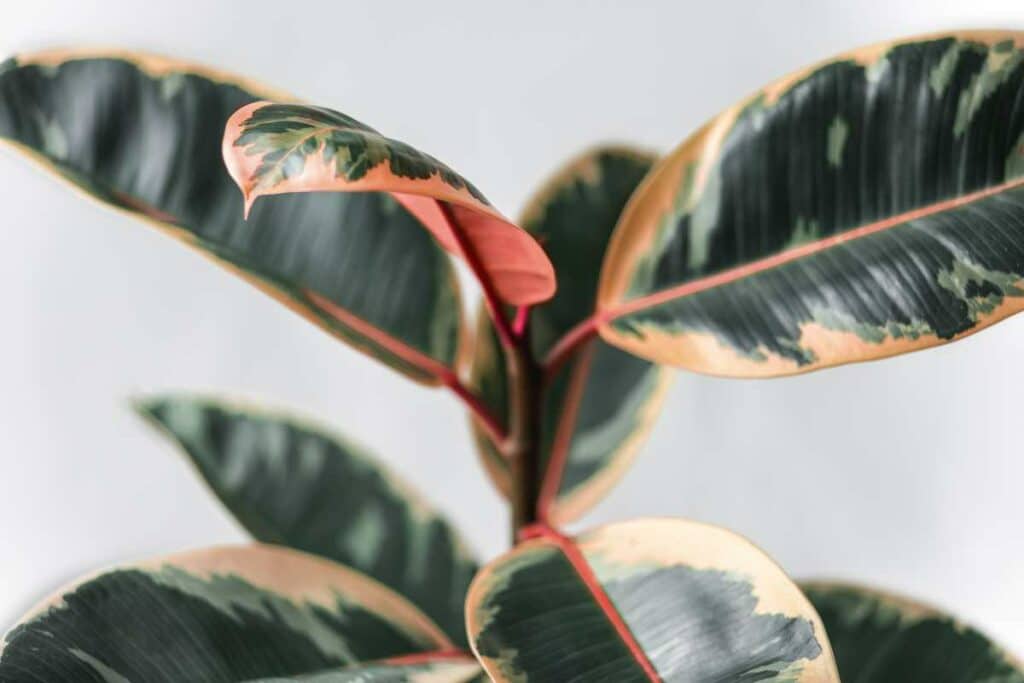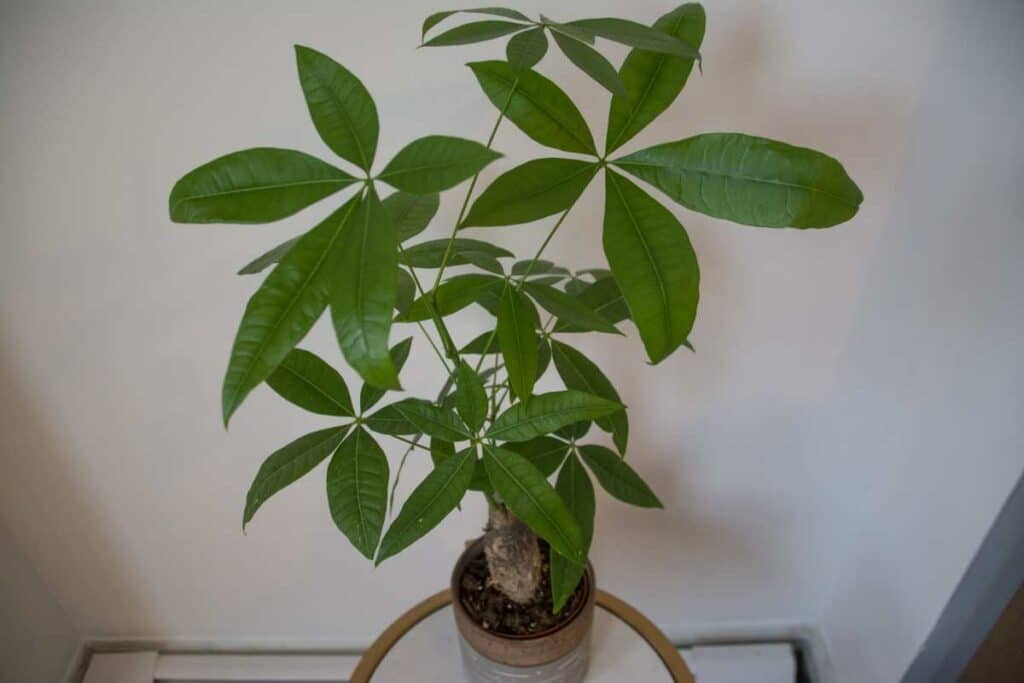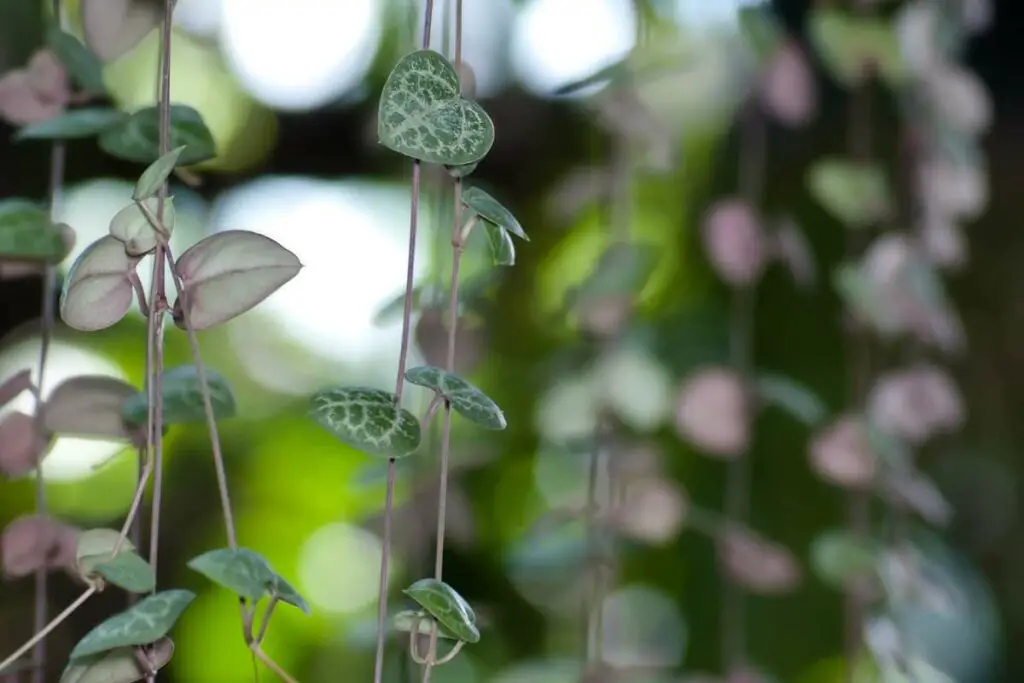Terrariums, often known as glass gardens, allow you to design and build miniature ecosystems of small plants and other aesthetic items within a glass cage.
Terrariums bring elements of nature into your home or workplace. Closed terrariums, on the whole, require less attention and maintenance than other home plants.
Under the appropriate conditions, a properly balanced closed terrarium should survive indefinitely.
When your terrarium is balanced, you should see droplets develop at the top of the jar; otherwise, the glass will be transparent.
They may survive a long period without maintenance and even longer with upkeep in some situations. Also, just because it’s a closed terrarium does not mean you can’t open it to undertake a few maintenance practices.
How Long Do Closed Terrariums Last?
Terrariums, when properly cared for, can live for a very long time.
They may appear attractive at first, but a poor selection of plants or improper setup is a ticking time bomb.
Others will not thrive if the proper conditions are not provided.
They can maintain their nutrients and freshwater for a long time if you keep them closed and seal off any external humidity.
In principle, a perfectly balanced closed terrarium should be able to survive eternally under the appropriate conditions.
Numerous houseplant deaths are most likely due to a variety of environmental factors.
It is best to have at least a half-inch of water in the container, ideally more.

Any water left within the terrarium will ultimately grow stagnant and moldy, which might cause the roots to rot.
Also, make sure that your plants are getting enough light. One hour before dawn and one hour after dusk is a decent rule. It’s better not to over-fertilize.
Too much fertilizer can cause algae growth and damage the plants’ roots growing inside the container.
If you live in a snowy location, make sure to cover your closed terrarium with a lid to avoid moisture from entering the terrarium.
Lastly: The plants’ growth will be influenced by the season. For instance, during winter, the plants may require more water than usual and may develop slower.
What Affects The Lifespan Of A Closed Terrarium?
If you intend to use the terrarium for more than two years, or if you intend to leave the plants outside all year, make sure to inspect them.

Closed terrariums require routine care to maintain a healthy atmosphere for your plants.
For your closed terrarium to last longer, you should avoid the following blunders.
Excessive Lighting
The majority of plants suited for terrariums do not require a lot of light.
Also, terrarium glass may serve as a magnifier and intensify the sunlight, which might burn your plants.
Temperatures within the terrarium may quickly rise, and before you realize it, the terrarium is as humid as a sauna.
Because most plants cannot handle this heat level, keeping terrariums away from direct sunlight is recommended.
Inadequate Lighting
While too much light might be harmful, most plants require some light to live.
If your terrarium isn’t getting enough indirect light, supplement it with grow lights or fluorescent lights, or move it closer to a window that gets good but indirect, light.
Excessive Proximity to Heat Sources
The heat from a radiator or heating vent may rapidly destroy your plants.
Watch Out: Most terrarium plants will die if they are placed on or near a radiator or any heat source.
Overgrown Plants
Prune your terrarium plants when they get overgrown and have overcrowded the terrarium.
You may also cut their roots to keep them tiny.
You should be able to enjoy individual plants and view the other ornamental components inside the terrarium.
Refusal to Remove Dying Plants
If a terrarium plant appears to be ill, dead, or not prospering, remove it immediately since it might infect other plants.
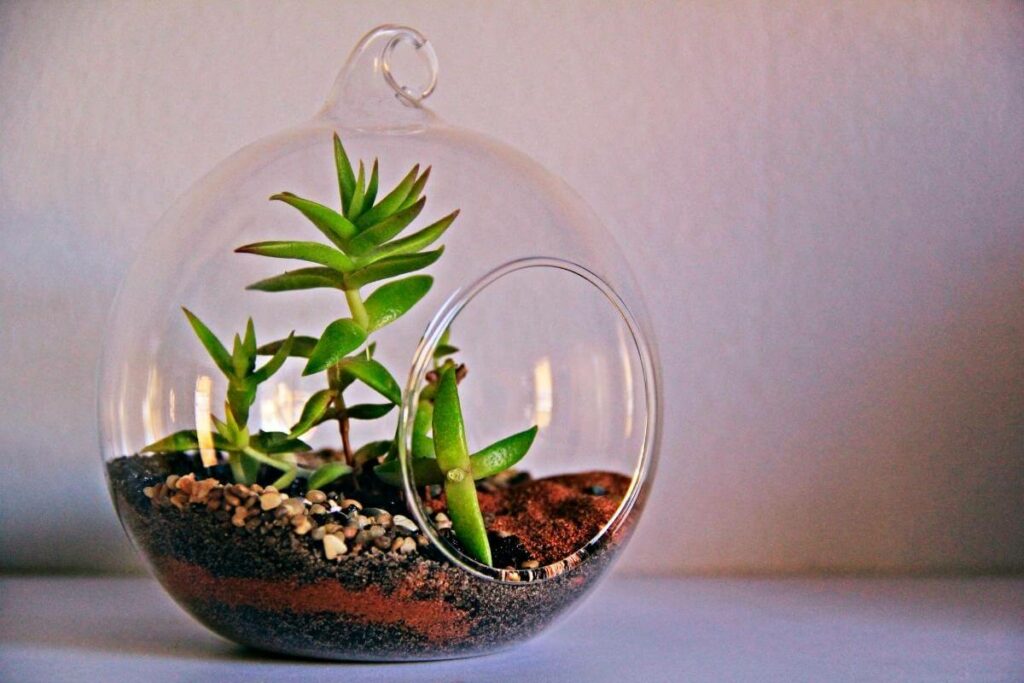
Remove the plant with a tiny shovel, chopsticks, terrarium tool, or long spoon, being careful not to break the roots of other plants.
Replace the plant with one that is the same size and has the same light and moisture requirements.
Make sure the soil surrounds the roots, leaving no air spaces.
Selecting the Wrong Plants
While virtually anything may be grown in a terrarium, selecting plants that will flourish in the sort of terrarium you are building is critical.
Choose plants that thrive in a wet climate if you’re creating a closed terrarium. Also, mix plants that demand the same amount of light.
Works Best: Low-light plants are typically the most effective.
What Plants Are Fit to Grow in A Closed Terrarium?
The plants you are using in a terrarium influence how simple it is to maintain and how long they live.
You don’t need a wide range of species to create an intriguing tiny environment. It’s vital to choose plants that like similar general circumstances.
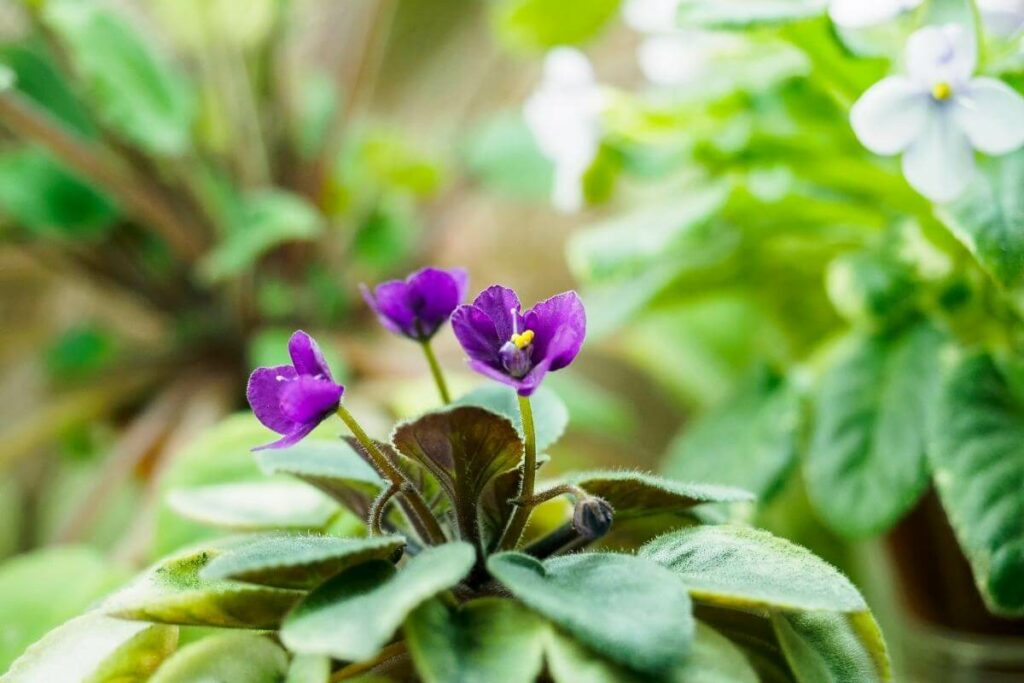
Light needs, as well as moisture and temperature preferences, are essential standard variables. It’s also preferable if they have identical dormancy patterns.
You wouldn’t want a plant that grows too big or too quickly. Pruning can only go so far, and replanting overgrown species that take over the area gets tedious.
Without frequent management, even aggressive tiny plants may overrun your terrarium.
Mosses and ferns are particularly appealing in a terrarium, and fashionable plants such as Baby Tears, Peperomias, and Pilea can be easier to cultivate behind glass than on a dry windowsill.
The low-growing nerve plant and exotic epiphytes are also good options.
Mini-African violets, small orchids, and other flowering exotics thrive in terrariums and give a splash of color to the scene.
Final Thoughts
Closed terrarium gardens typically use transparent containers, such as clear plastic or glass.
They can sometimes be lined with cardboard. With appropriate care, an established, healthy, closed terrarium may survive practically indefinitely.
The main task is to monitor the moisture levels in the system and make any necessary changes. Pruning, transplanting, washing the glass, occasional fertilizing, and removing mildew and dead material are all regular activities.
They all have a role to play in the lifespan of a closed terrarium.
Also Helpful
- Can Succulents Grow In Moss?
- Best Plants For Offices With No Windows
- 7 Rare and Exotic Terrarium Plants You Should Know
- Philodendron Moonlight Vs. Golden Goddess
- How to Revive Your Rubber Plant: 6 Tips to Help Your Rubber Tree Thrive Again
- Your Money Tree Lost All Its Leaves – Will It Sprout Again?
- Why Is My Money Tree Dying? 5 Possible Reasons and Solutions
- Do Jade Plants Bloom – Fact or Fiction?
- Plants with Heart Shaped Leaves (Secret Language of Leaves)

